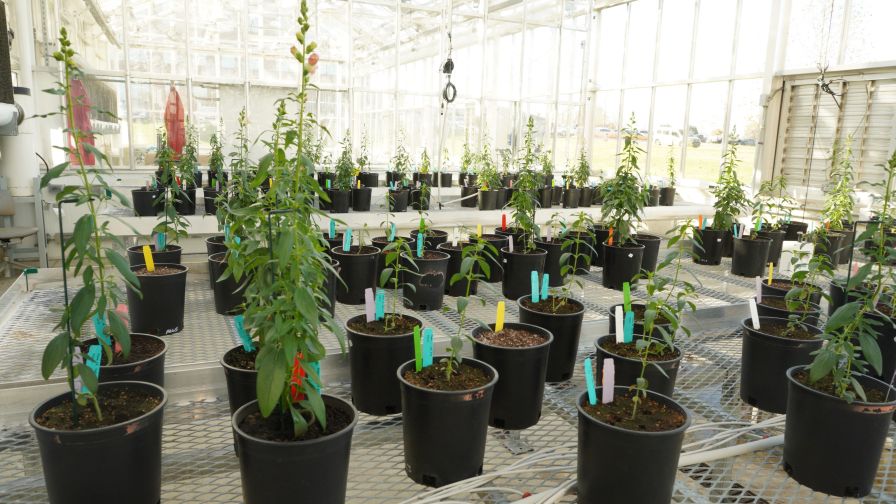Reducing Fertilizer Use With Biostimulants

Photo: Michelle Jones
Fertilizer prices remain very high and represent a much larger expense for growers than they have in the past. There are increasing concerns not only about fertilizer affordability, but about availability as well. Reducing the use of fertilizers seems prudent, but can this be done while maintaining crop quality and meeting tight scheduling windows?
We are hearing more about biostimulants and how they can promote plant growth, but can fertilizer levels really be reduced? According to Michelle Jones, Professor and the D.C. Kiplinger Floriculture Chair in the Department of Horticulture and Crop Science at The Ohio State University, there is a lot more we need to learn about how different biostimulants work and how they are affected by other production inputs and greenhouse environmental conditions. But the short answer to the question above is yes.
Soilless growing media has limited nutrient-holding capacity, which means a fertility management strategy that improves the plant availability and uptake of individual nutrients is needed before fertilizer application rates can be reduced.
This is where biostimulants come in. Many biostimulants include microbial (bacteria or fungi) or non-microbial components that promote plant growth by improving the efficiency of nutrient uptake. Fertilizer application rates can then be reduced if plants can take up and use a larger percentage of the nutrients that are applied.
Learn more about Jones’ research in an article from Meister Media Worldwide’s Plant Health Report, part of the 2022 Global Insights Series. Check out the full report here, and access past reports on technology, soil health, biological crop protection, and more here.









